From The CATO Insitute:
Who Is Afraid of the Repeal Amendment?
by Randy Barnett
Randy Barnett teaches constitutional law at the Georgetown University Law Center and is author of Restoring the Lost Constitution: The Presumption of Liberty (Princeton 2005).
Added to cato.org on January 6, 2011
This article appeared The DC Examiner on January 3, 2011.
PRINT PAGE CITE THIS Sans Serif Serif Share with your friends:
ShareThisRep. Rob Bishop, R-Utah, has introduced into Congress a very simple and clear amendment to the U.S. Constitution. Called the Repeal Amendment, it reads:
Any provision of law or regulation of the United States may be repealed by the several states, and such repeal shall be effective when the legislatures of two-thirds of the several states approve resolutions for this purpose that particularly describe the same provision or provisions of law or regulation to be repealed.
In short, the legislatures of two-thirds of the states can repeal any federal law or regulation.
Arising from those who are distressed at the seemingly limitless power of the federal government — taking over everything from car companies, banks, student loans, and even the practice of medicine — the Repeal Amendment seems to have touched a nerve on the left.
First, the Washington Post's Dana Milbank played the race card. "[T]here's the unfortunate echo of nullification — the right asserted by states to ignore federal laws they found objectionable — and the 'states' rights' argument that was used to justify slavery and segregation."
Randy Barnett teaches constitutional law at the Georgetown University Law Center and is author of Restoring the Lost Constitution: The Presumption of Liberty (Princeton 2005).
More by Randy E. BarnettBut this is imaginary. Undermining civil rights is simply not on the agenda of anyone who favors this. Besides, to reach the two-thirds threshold to repeal any law would require the support of lots of blue states as well as red states, from different parts of the country.
Then Slate's Dahlia Lithwick attempted to find a contradiction in supporters' professed love for the Constitution. "For a party (whether of the Tea or Grand Old variety) that sees the Constitution as something so perfect as to have been divinely inspired, the idea that it needs to be altered fundamentally is beyond crediting...."
But the Constitution includes the amendment process of Article V, which has already been used to alter the scheme by allowing an income tax and eliminating the power of state legislatures to select U.S. senators.
Add to this, judicial construction of the Constitution vastly expanding federal power in just the past 60 years. The Repeal Amendment is just restoring some semblance of the original state-federal balance.
The only objection of substance concerns the theoretical possibility that two-thirds of the least populous states, representing less than half of the nation's population, could stymie legislation backed by a majority.
Although our Constitution is as much about protecting the minority from the tyranny of the majority as it is about majoritarian rule, this scenario is highly unlikely. If you remove just seven of the least populous blue states (Vermont, Delaware, Rhode Island, Hawaii, Massachusetts, New Mexico and Connecticut) and add Florida and Texas to reach two-thirds, you are well over one-half of the national population, and still with a mix of red and blue states from throughout the country.
Realistically, repeal will only happen when the 535 persons comprising Congress plus the president are grossly out of step with public opinion, or when Congress has messed with the internal operation of state governments in ways that are out of public view.
Besides, the proposal has a built-in safety valve: Congress can re-enact anything the states manage to repeal.
So the strongest objection to the Repeal Amendment is that it is too modest to check runaway federal power. But, like the president's veto power, the threat of repeal would deter Congress from interfering with states. And the public would have an alternate channel of protest when the federal government gets too out of touch.
In the end, when even the New York Times feels the need to editorialize against the Repeal Amendment, it suggests that, however modest, it is a genuine step in the right direction.
Friday, January 7, 2011
Subscribe to:
Post Comments (Atom)
.gif)



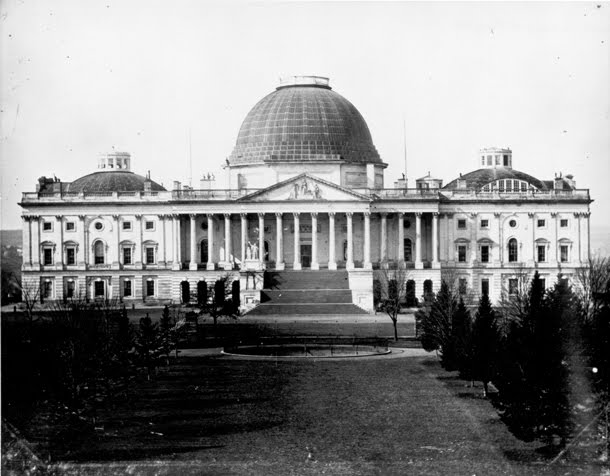









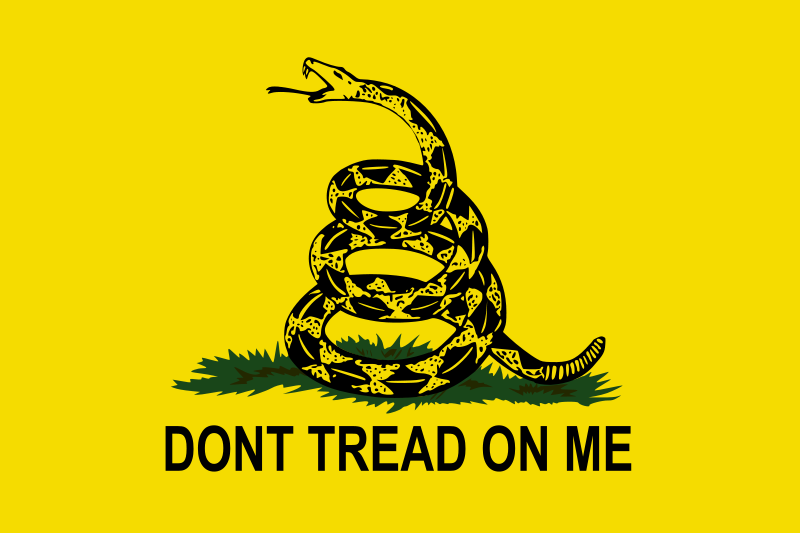
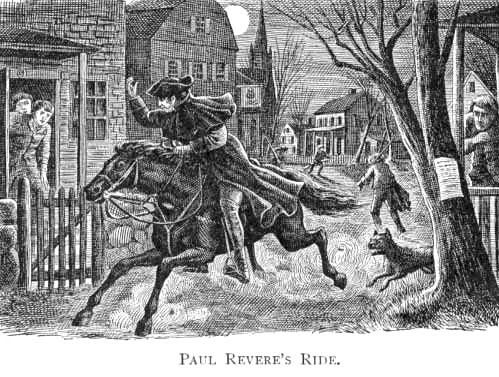

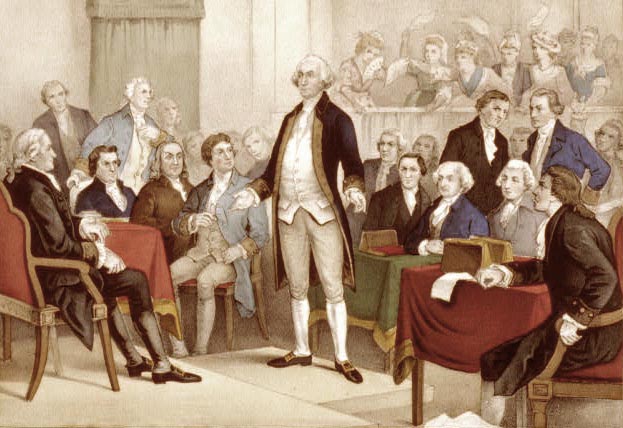

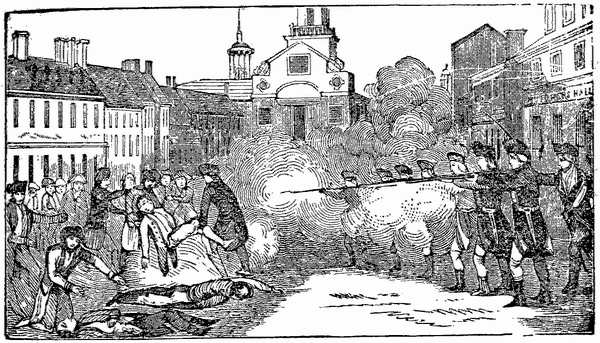

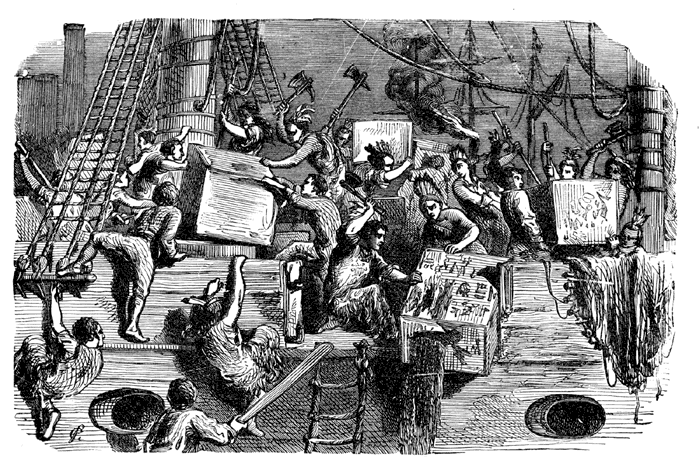




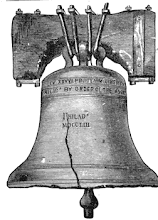




No comments:
Post a Comment